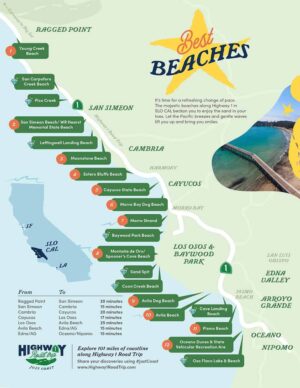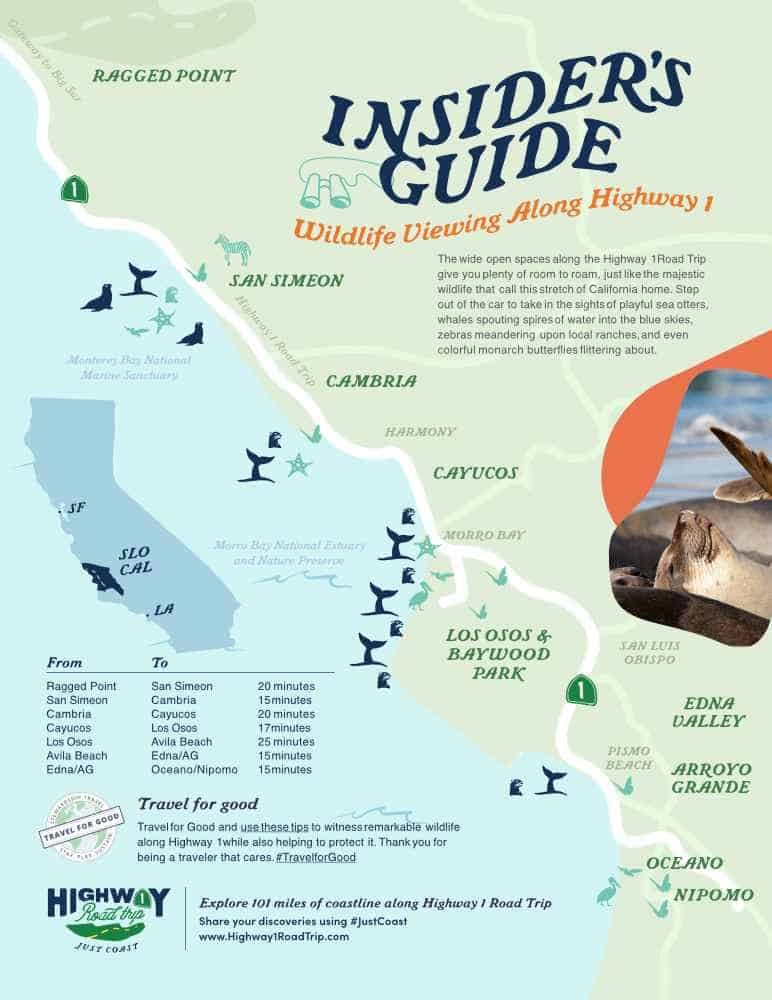Wildlife Viewing Along Highway 1
Introduction
When it comes to wildlife viewing in the heart of Highway 1, it’s not a question of if you’ll get to see whales, butterflies, birds or sea otters—it’s when. This is one of the richest places in the world for seeing wildlife up close, but you don’t have to go far to find it. Because we specialize in small seaside towns, the natural habitats for a wide variety of resident and migratory species can thrive, unthreatened. Find a robust colony of Great Northern Elephant Seals along the San Simeon coastline, and watch their pairing and pupping life cycle from a safe (but short!) distance. See the migratory Monarch butterflies that cover the eucalyptus trees near Oceano and Pismo Beach each winter. Witness wild creatures from the largest whale spouting in the San Luis Bay off Avila Beach, to the tiniest hermit crab scuttling in a tidepool in Cayucos or Cambria. Watch for any of the 467 bird species that live or visit here—a whopping 42 percent of the total number of bird species seen across the entire United States. And see wild zebras—yes, zebras—roaming the grass-covered hills and plains near Hearst Castle. You can take it as casually or as actively as you wish, catching glimpses of wildlife on hikes near preserves and estuaries, or having a picnic in state parks and beaches. And to gain the most understanding about these animals, any visitor can spend time at the Coastal Discovery Center at the Gateway to Big Sur, the Museum of Natural History near Los Osos-Baywood Park, or the Central Coast Aquarium in Avila Beach.
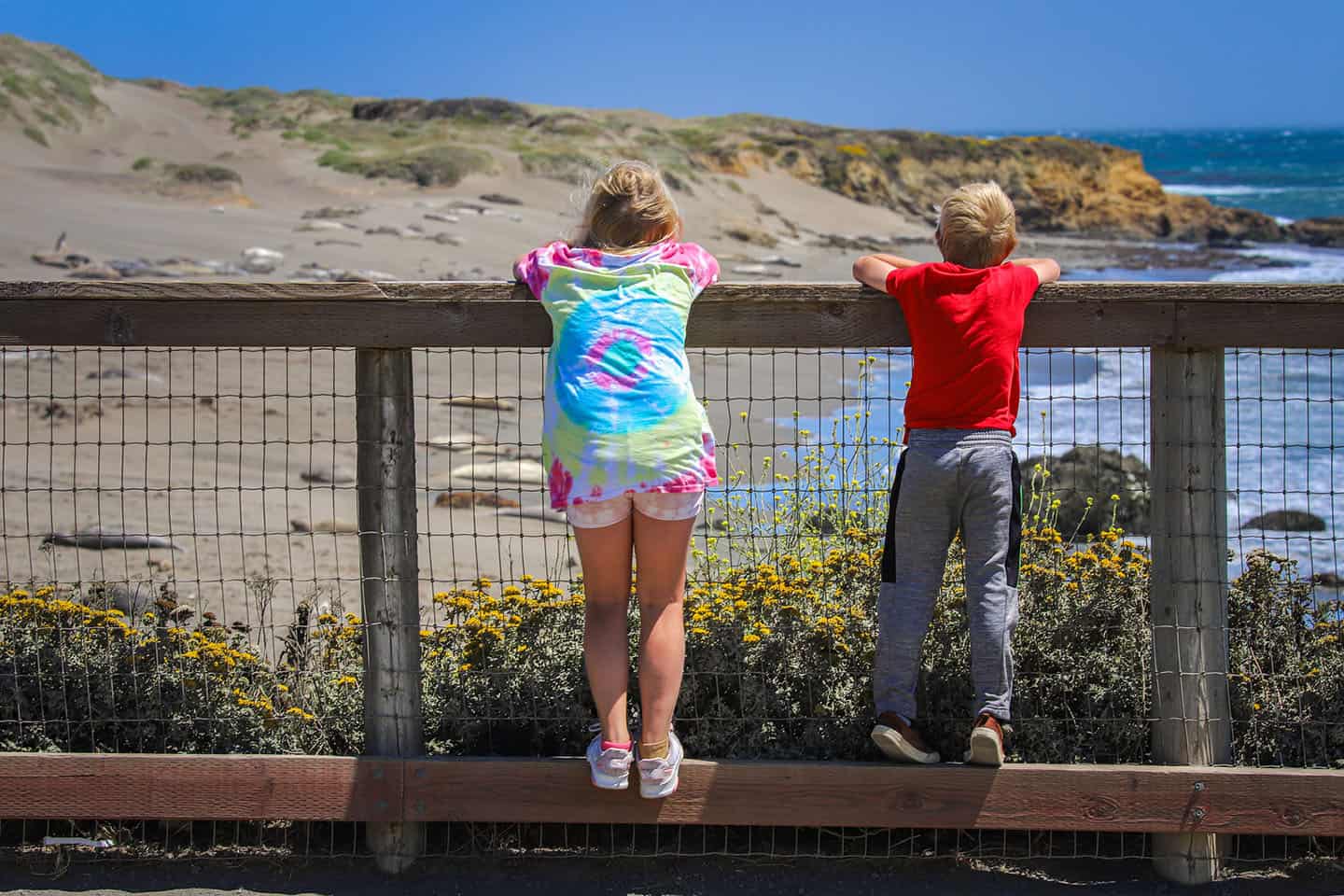
Download your free Wildlife map from highway 1
Get MapTravel For Good
By keeping our local and migratory wildlife safe today, we can help secure their safety for generations to come. That’s why we take the preservation of our animal neighbors extremely seriously, and developed our Travel For Good program. What does it mean to Travel for Good? It means respecting wildlife by looking but not touching, feeding, or disturbing animal habitats. It means watching where you step when the smallest turban sea snail has made its home in rocky tidepools, and leaving no trace after you’ve enjoyed a day at the beach or in a park. And it means keeping voices low in high wildlife-traffic areas—after all, calm visitors make for calm critters! For more ways to be a good steward of our area, be sure to check our Wildlife Viewing Tips. Because caring for our wildlife is crucial to preserving the magic of the Highway 1 experience.
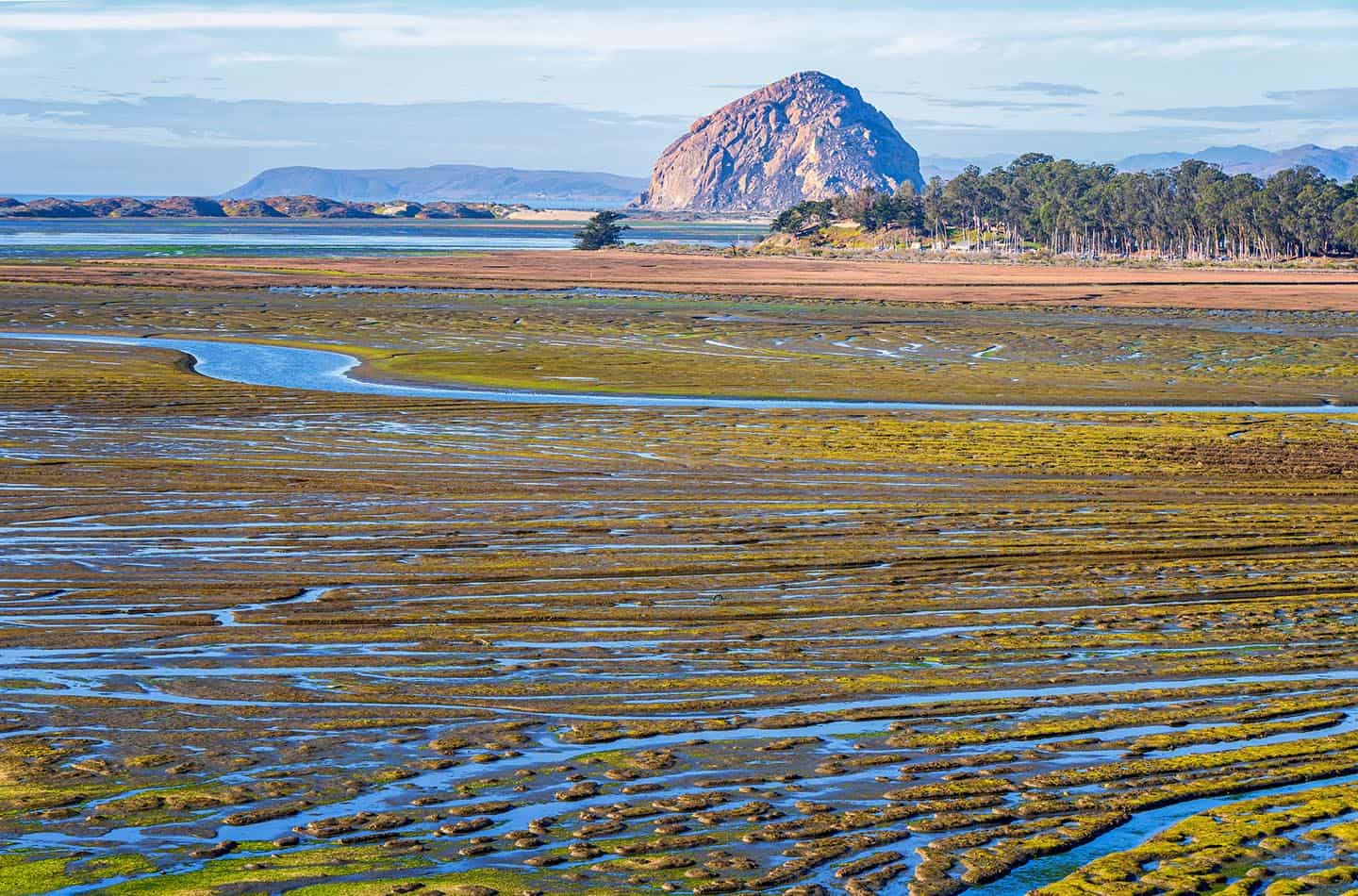
Download your free Wildlife map from highway 1
Get MapWhale Watching
One of the most majestic experiences in the heart of Highway 1, whale watching is possible along nearly every section of our 80 miles of coastline. In fact, the Whale Trail—a national organization that identifies the best whale watching sites across North America’s western coast—has designated six viewing sites here. These locations, like the Cayucos Pier and Moonstone Beach Boardwalk in Cambria, offer perfect conditions and positions for viewing a wide variety of whales. Each includes interpretive signs that provide information on which whale species travel there, and how to identify them. And one of them—the Cavalier Resort in San Simeon—even offers binoculars through which to see spouts, tails, and even breaching up close. Want to get even closer? Consider taking a whale watching charter boat tour, many of which can be found along the coast. To learn more about the best ways to catch a glimpse of our familiar flippered friends, see our Whale Watching page.
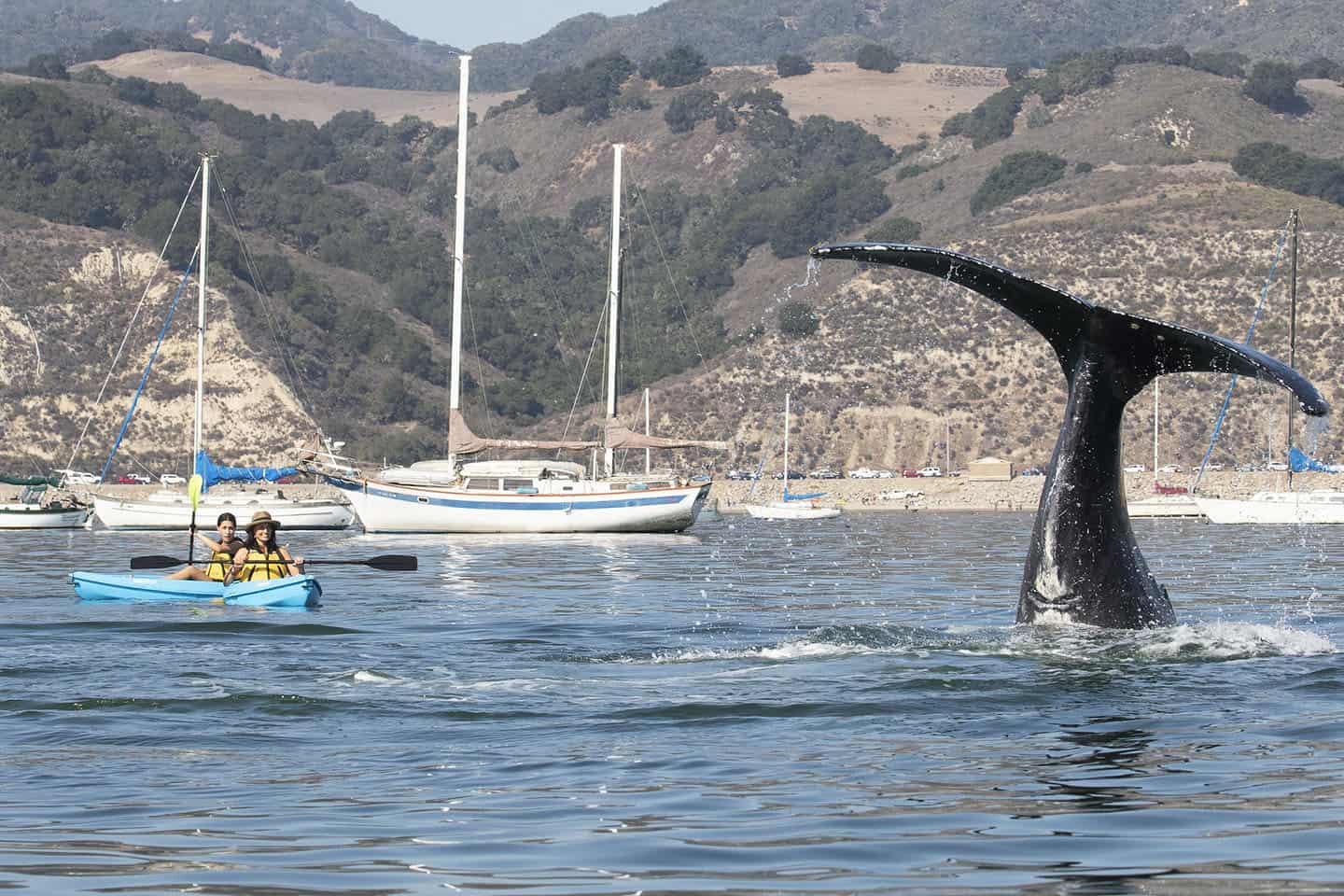
Download your free Wildlife map from highway 1
Get MapMonarch Butterflies
Each year, the heart of Highway 1 sees hundreds of thousands of Western Monarch Butterflies descend upon migratory butterfly groves. The best part? These habitats can be seen up close with just an easy pull-over along the road. The visitation cycle for these beautiful and delicate creatures spans late fall through early spring, when they travel up to 1,000 miles in search of shelter from the cold, storms, and wind. In Pismo Beach and Oceano, their favored spot lies high in the eucalyptus and Monterey cypress trees, just a matter of feet from Highway 1. In Nipomo, thousands of Monarchs stay in a blue gum eucalyptus grove within the aptly named Monarch Dunes Resort. Two nature preserves and a natural area within Sea Pines Golf Resort offer Monarch viewing in Los Osos, as well as on the Morro Bay Golf Course nearby. Hearst San Simeon State Park and the San Luis Obispo Botanical Garden also host thousands of Monarchs each winter, making our stretch of Highway 1 the most active area for Western Monarch overwintering in the world. To learn more about the Western Monarch’s migration and these sites, visit our Monarch Groves page.
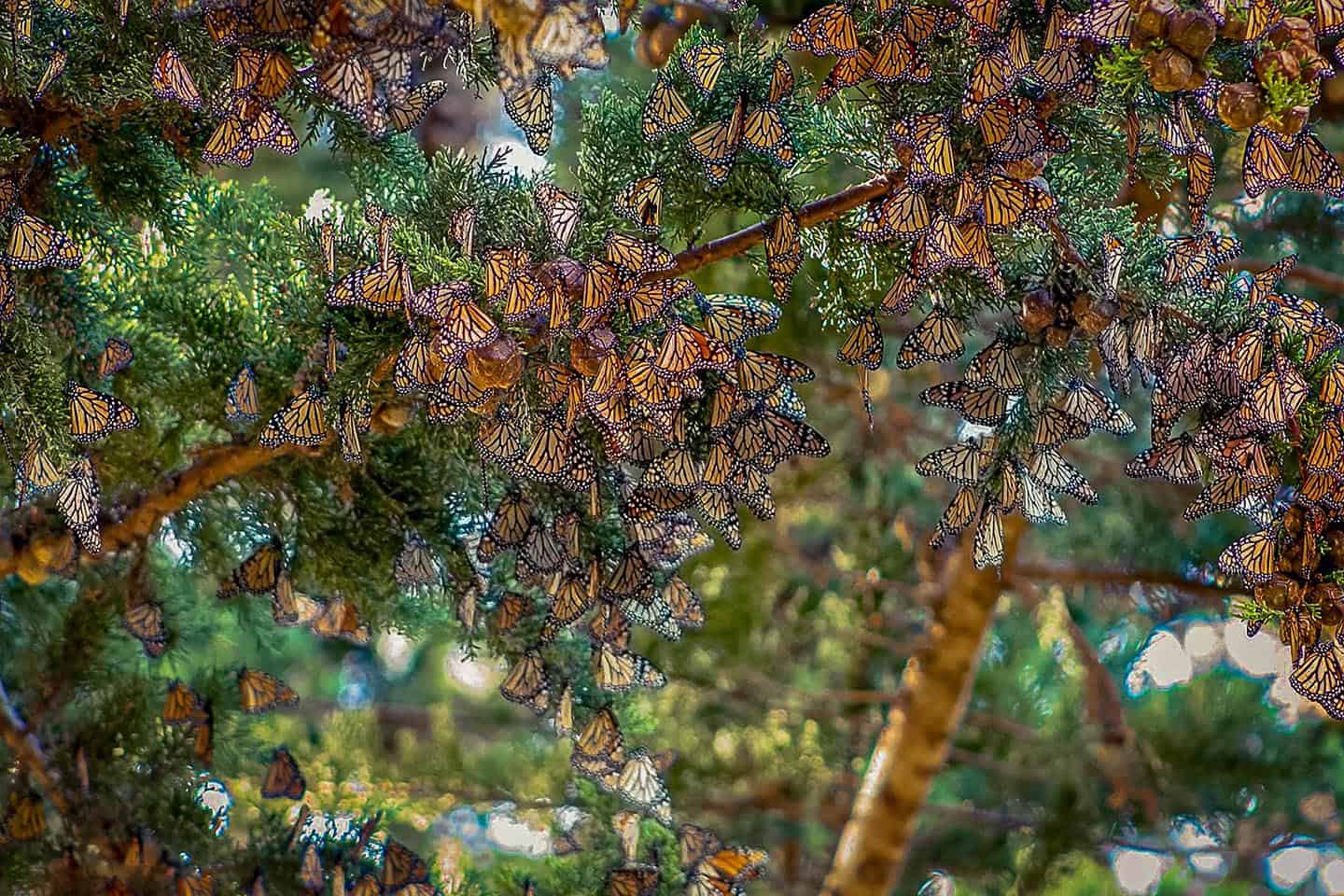
Download your free Wildlife map from highway 1
Get MapElephant Seals
Right off Highway 1, between the Gateway to Big Sur and the historic Piedras Blancas Light Station, the Piedras Blancas Elephant Seal Rookery provides some of the best entertainment around—and it’s free! Pull into the parking lot, grab your binoculars and jacket, and walk down the simple boardwalk that parallels the bluffs. On the sand below, behold hundreds of magnificent elephant seals sunning themselves, honking, running, and flipping sand onto their backs (which blocks the sun’s rays). Witness the sweetness of females nursing their young, the drama of bulls staking out their territory, and the comedy of young pups interacting with one another. The viewing area is high above the bluffs and cordoned off for safety, but the access to these fascinating animals is up close and personal. Interpretive signs stand at intervals along the boardwalk, and volunteer docents from the Friends of the Elephant Seals are available to answer your questions, every day of the year. For more in-depth information on larger-than-life elephant seals, have a look at our Elephant Seals page.
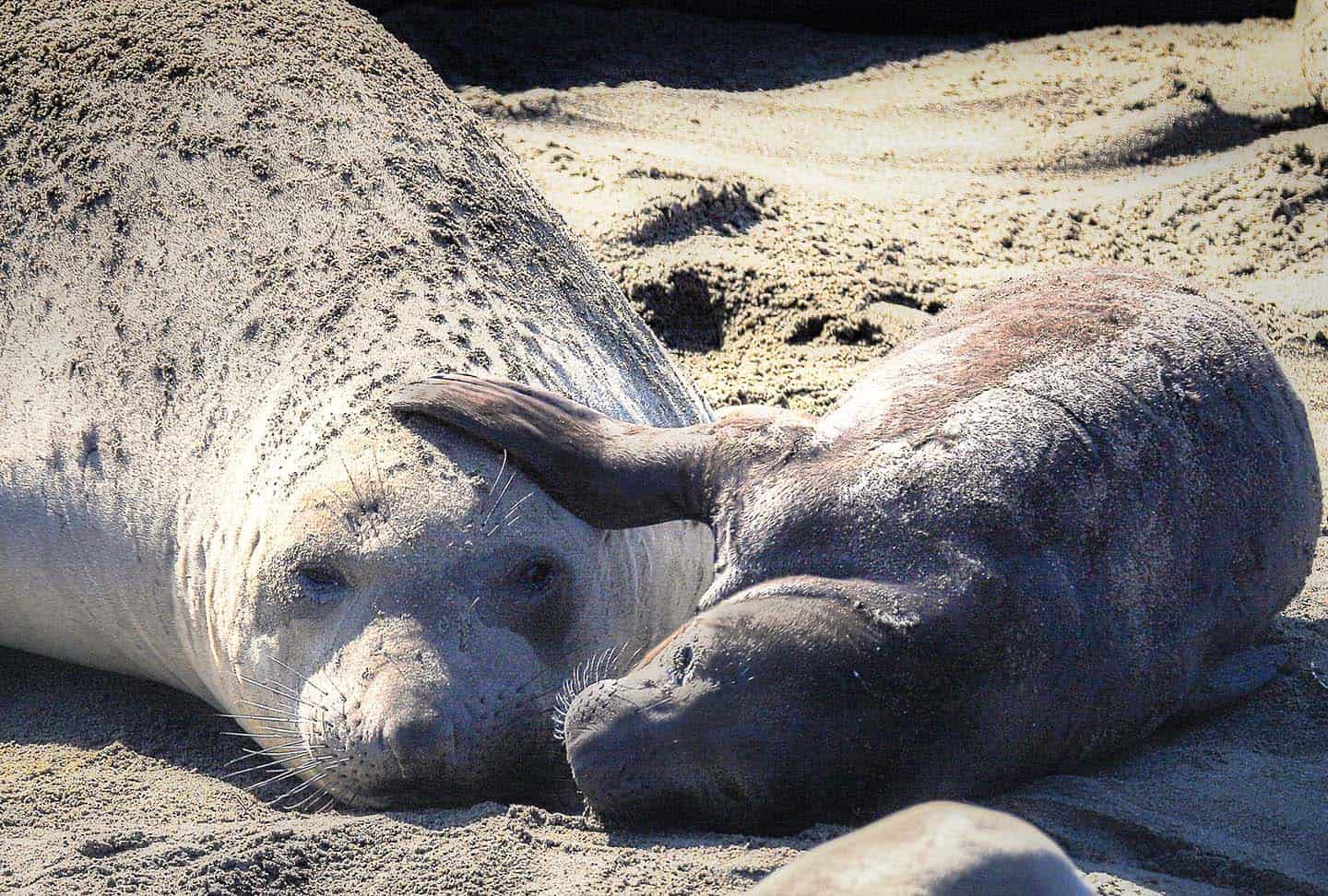
Download your free Wildlife map from highway 1
Get MapBird Watching
A top destination for bird watching, this section of Highway 1 boasts hundreds of species to see and track. These include resident local birds like several varieties of grebe, cormorant and herons, as well as migratory birds like finches, sparrows, thrushes and warblers. The best places to see a wide variety of species are marine waterways and forests—both of which provide the ideal climate for a variety of birds. Fortunately for passionate birders, the heart of Highway 1 has many, many locales like this. Try Oso Flaco Lake within the Guadalupe Nipomo Dunes Complex for seabirds and freshwater birds alike, from ducks and pelicans to terns and the Western Snowy Plover. At Lopez Lake, expect to see California Quail, hummingbirds, woodpeckers, and phoebes. And in multiple locations within Los Osos-Baywood Park, like the Sweet Springs Nature Preserve and El Moro Elfin Forest, look for sapsuckers, burrowing owls and red-tailed hawks. Want to learn more about where and when to go birdwatching? Check out our Bird Watching page.
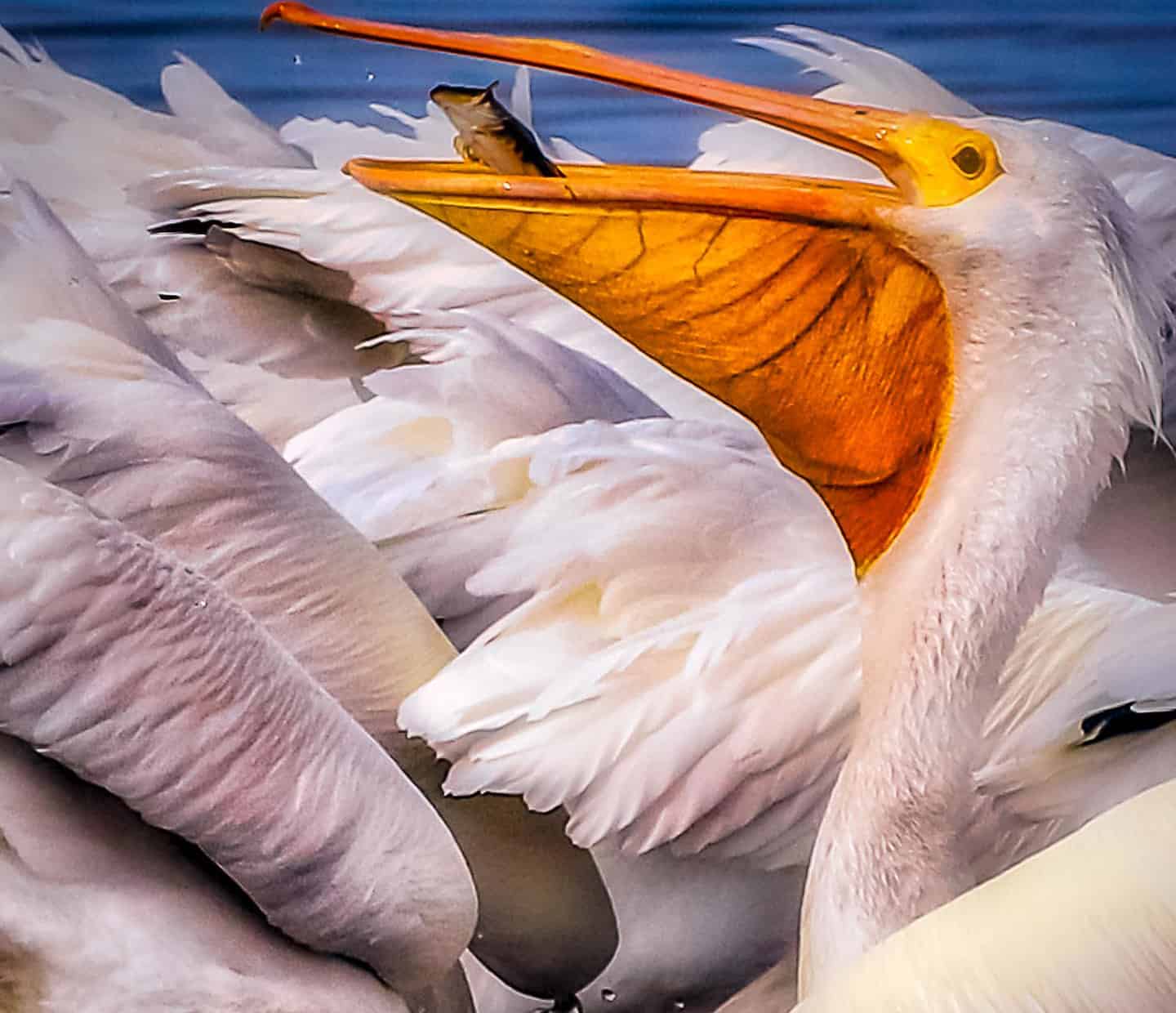
Download your free Wildlife map from highway 1
Get MapOtter Spotting
Everyone loves the playful California Sea Otter, with its fuzzy, doglike face and paws, and charming personality. These critters live along the Highway 1 coastline, favoring areas with large kelp forests where they hunt, feed their young, and float paw-in-paw as they sleep. Some of the most reliable places for otter spotting include elevated piers, boardwalks and bluffs that offer excellent viewing. At the Harford Pier in Avila Beach, visitors can walk to its end and watch for adult and juvenile sea otters around the pilings, which often coexist with kelp. The small Baywood boardwalk in Los Osos is another hot spot of otter activity, and is particularly good for children, as the boardwalk has a low profile for little viewers. And the Estero Bluffs between Cayucos and Harmony offer excellent opportunities for sea otter sightings, as well as miles of unspoiled coastal hiking trails. Find details on these locations and several others on our Otter Spotting page.
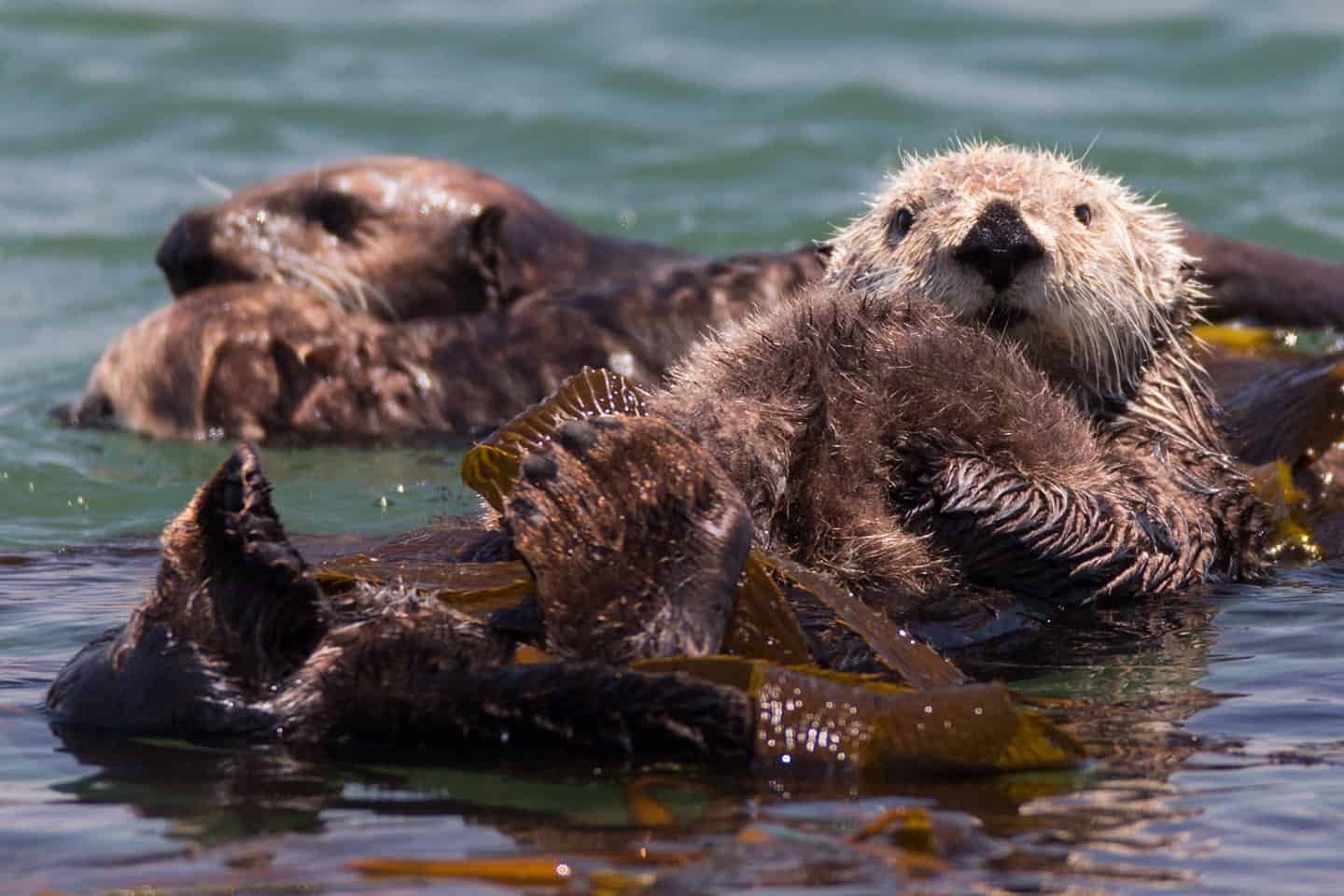
Download your free Wildlife map from highway 1
Get MapCastle Zebras
Zebras are native to Africa—so what are they doing on Highway 1? In the early 20th century, media mogul William Randolph Hearst brought a variety of exotic animals to his private zoo at Hearst Castle in San Simeon. (It was, in fact, the largest private zoo in the nation for a time.) He shared his menagerie—officially known as the Hearst Garden of Comparative Zoology—with luminary guests like Greta Garbo, Charlie Chaplin and Winston Churchill. Later, when faced with financial uncertainty, Hearst had to decommission the zoo, selling or transferring the animals elsewhere. In the process, his zebras were allowed to remain behind, and a large herd of their descendents still roam Hearst Ranch today. Even better, it’s possible to see the famous Hearst zebras directly from Highway 1—just pull over safely and bring your camera and/or binoculars. This is a great activity to bundle with a visit to the Elephant Seal Rookery and a visit to Hearst Castle, both of which are very close nearby. To learn more about the herd of 120+ zebras in San Simeon, see our zebra page.
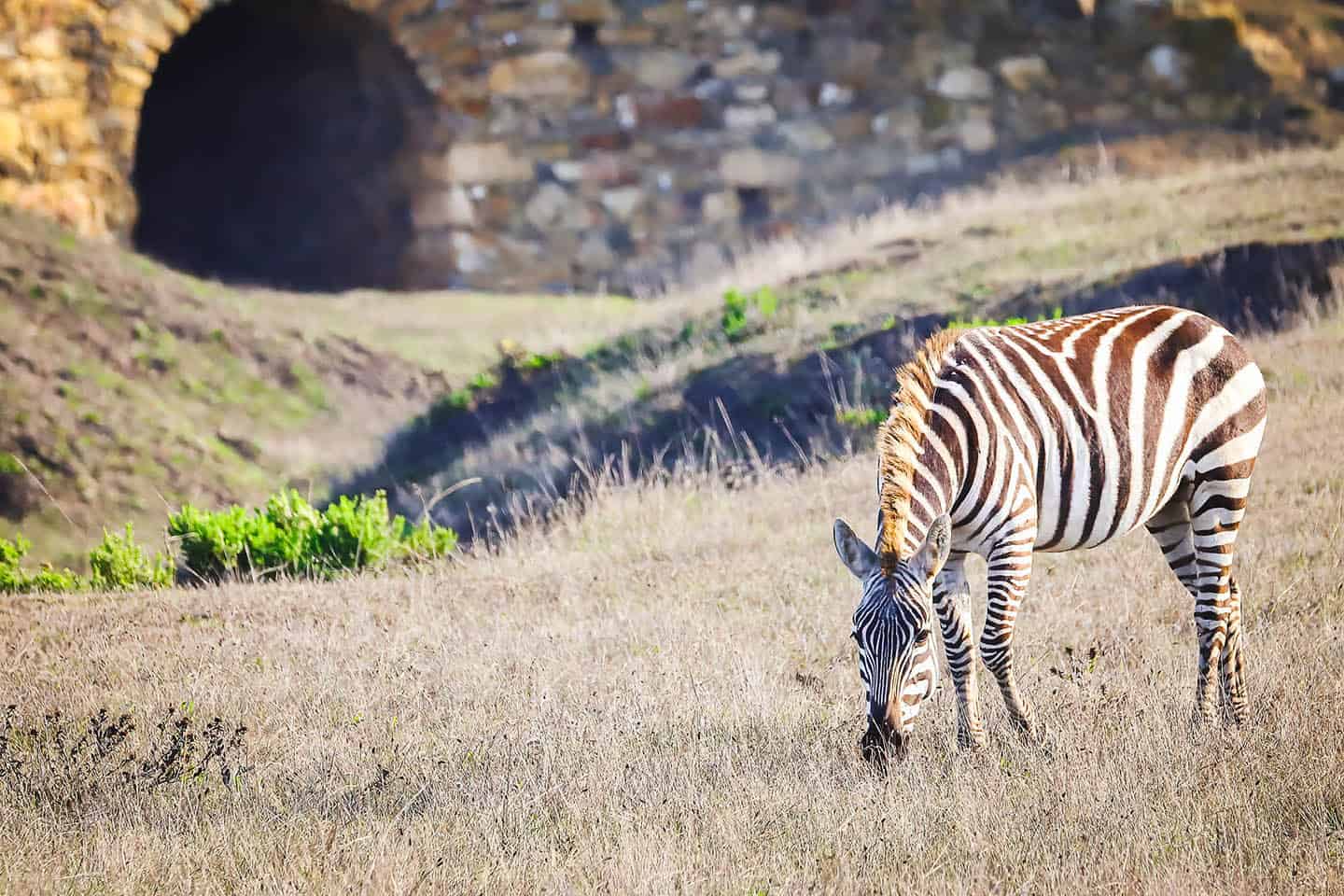
Download your free Wildlife map from highway 1
Get MapTide Pools and Sea Life
Ready to witness the many wonders of tide pools, and meet their residents, like limpets, hermit crabs, anemones, sea stars, mussels and more? Tide-pooling is a popular activity for visitors of all ages to our stretch of Highway 1, especially at low tide, when habitats are more exposed. (Of course, more exposure also means more vulnerability! Be careful where you step and how you interact with the thousands of tiny critters that live in our tide pools—particularly with children who might want to run and/or touch.) Of course low tide viewing requires a bit more of a trek along rugged terrain into the coastal zones. But if this is right up your alley, you’ll be spoiled for choice, with some of the best tidepooling destinations anywhere. Check out the sprawling intertidal zone at Corallina Cove in Montana de Oro State Park, where the tide pools go on and on. Or at Moonstone Beach in Cambria, along the northern shore. There, you can find periwinkle snails, gooseneck barnacles, anemones, and more. For more information about the tidepooling spots and many others, read our in-depth page on tide pools and sea life.

Download your free Wildlife map from highway 1
Get MapCentral Coast Aquarium
A terrific place to learn all about sea life along Highway 1, the Central Coast Aquarium offers an entertaining, enlightening, and educating collection of marine exhibits. Get to know the residents here, like sea stars, decorator crabs, and even a Giant Pacific Octopus—all told the aquarium is home to over 75 species of marine life. Get up close and personal with moon jellies in an exhibit that uses a special light to show their delicate bell and tentacles, as well as the dance-like way they move. Or come for shark-feeding time, when aquarium staff give the gentle Swell Sharks a snack and even allow visitors to touch their skin. In addition to its exhibits, the aquarium does advocacy work in the community for clean oceans, preserving their diversity, and protecting local species. This is an excellent spot for young ones to visit, especially before or after a visit to the Pirate Park, just a few steps away.
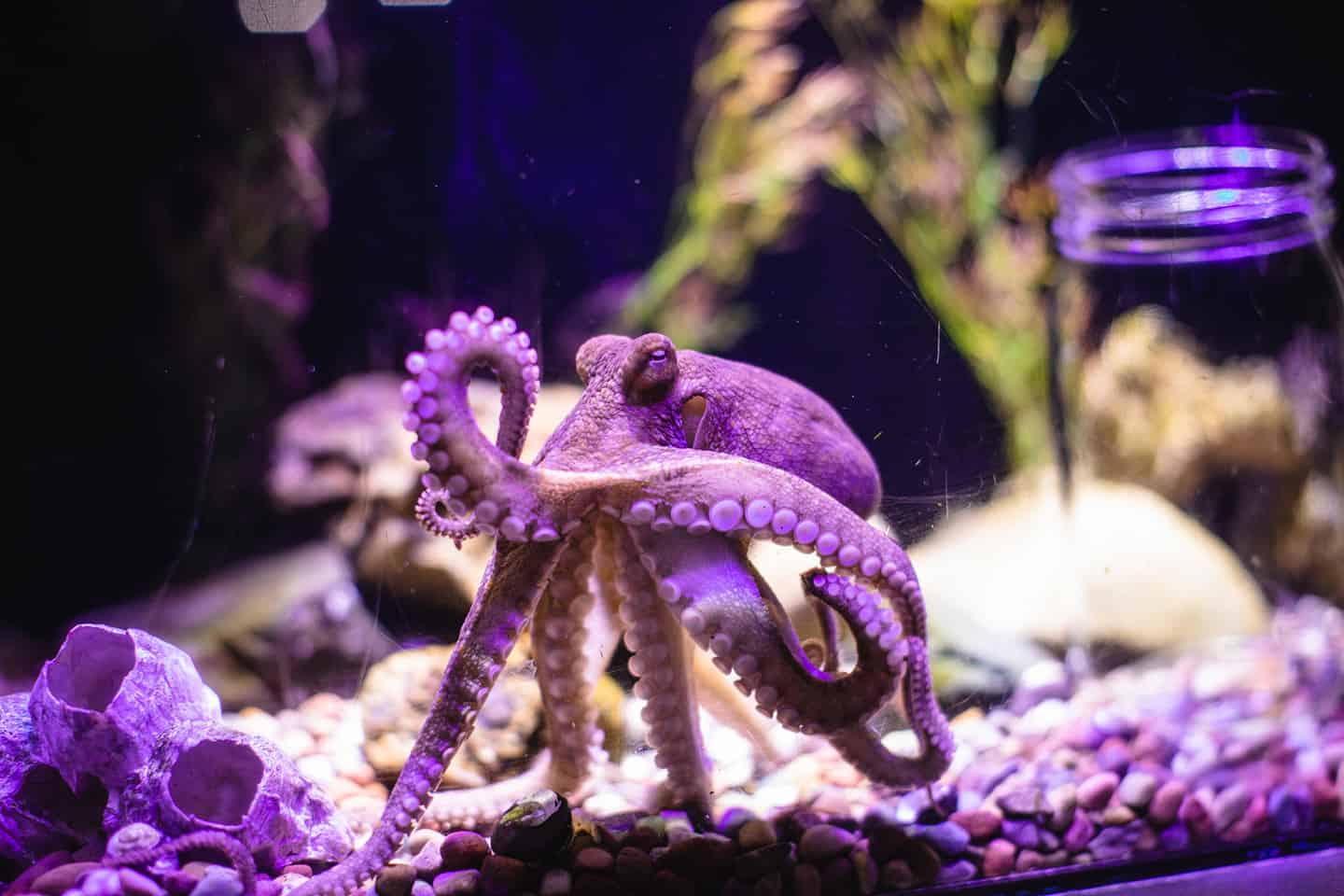
Download your free Wildlife map from highway 1
Get MapWildflowers
From the coastline into very deep inland countryside, our stretch of Highway 1 becomes a riot of color and texture each spring as wildflowers bloom and thrive. Especially during the heightened growth of “super bloom” years, people travel from far and wide to see mustard, lupine, sticky monkey flower and California poppies at their height, painted in wide swaths across rolling hills and grassy valleys. Though spring is peak wildflower season, several areas feature areas brimming with wildflowers all year long. These include wildflowers along trails like those at the Fiscalini Ranch Preserve in Cambria and oak forest wildflowers like those at Los Osos Oaks; to wildflowers that bloom in the dunes and in native gardens. Most famous for springtime flowers and superbloom years, the deep inland areas of Carrizo Plan and Shell Creek Road offer top-notch wildflower viewing, too. For more details on these and other wildflower hot spots, check our wildflowers page.

Download your free Wildlife map from highway 1
Get MapActive Wildlife Viewing
For folks who want to exert a bit more energy, one of the best ways to see local wildlife is by getting off the beaten path, away from town. Hiking is a great way to do this, and the heart of Highway 1 offers many trails to choose from, including challenging, steep trails to gentle, flat ones. As a starting point, most visitors find successful wildlife viewing along cliffside beach trails like the Bluff Trail at Montana de Oro State Park. Another tried-and-true way to see wildlife is by paddling a kayak or SUP board in a body of water like the Los Osos Estuary, which is epic for bird watching, otter spotting and more. Bring your own kayak or rent one from a kayaking outfitter. These rental businesses also sometimes offer personal tours of their favorite spots. And don’t forget horseback riding: it’s a picturesque and terrific way to see wildlife, anywhere from beaches to forests.
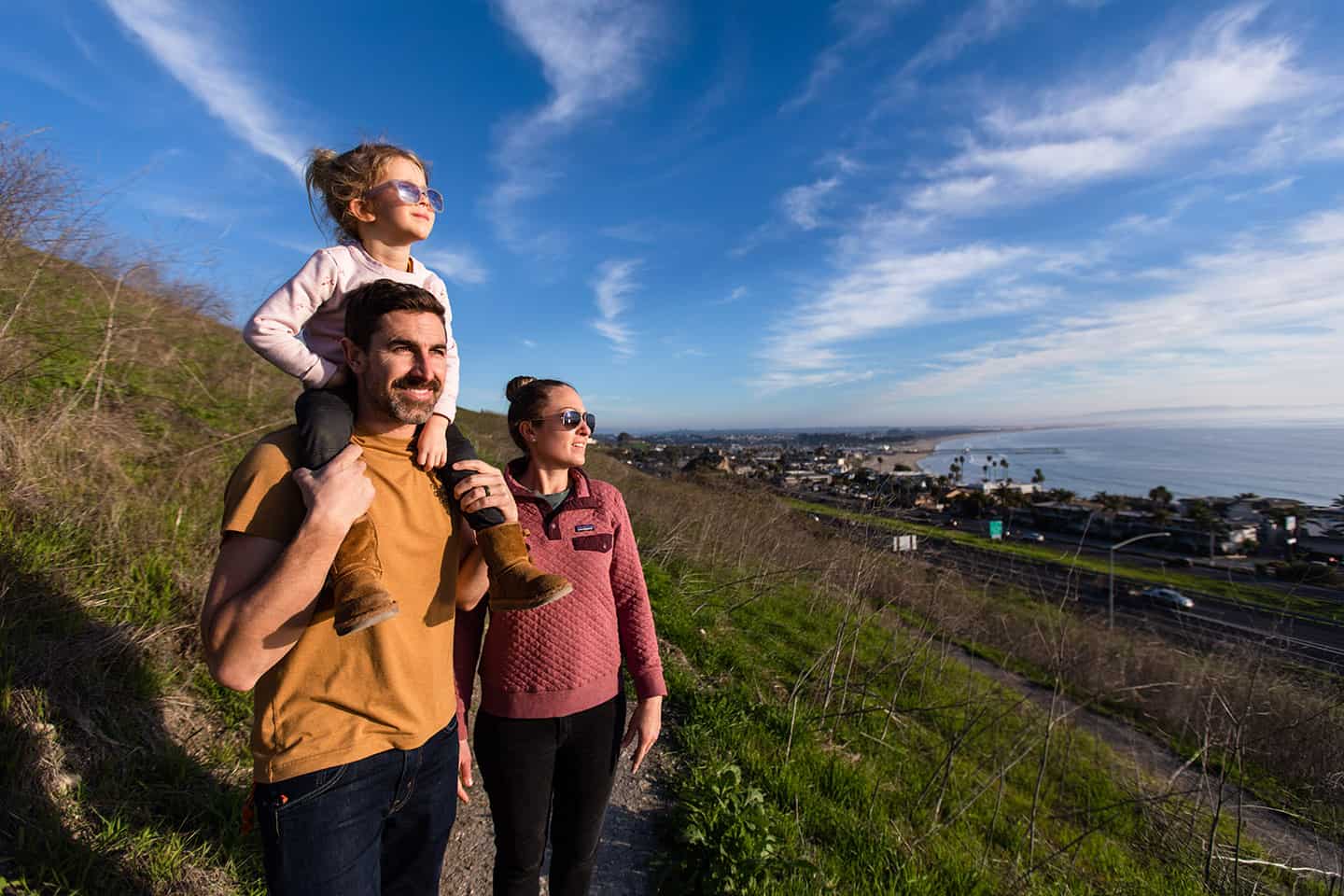
Download your free Wildlife map from highway 1
Get MapJoin The Adventure
Follow us for wildlife spotting tips, scenic highlights, and more. Help us showcase the incredible wildlife along Highway 1. Share your best shots through our photo collector—you could be featured in our reels or gallery.



